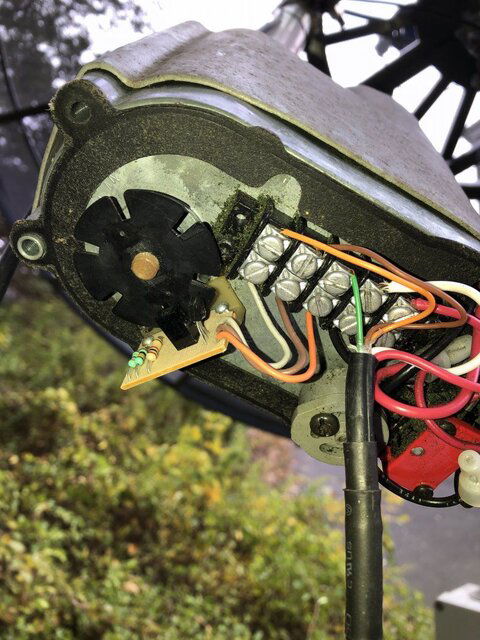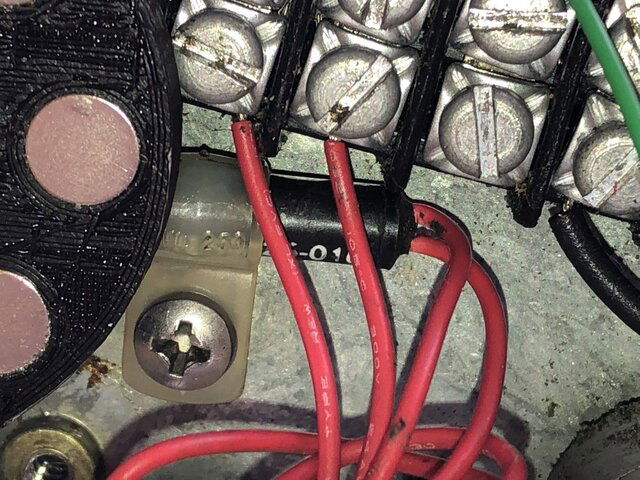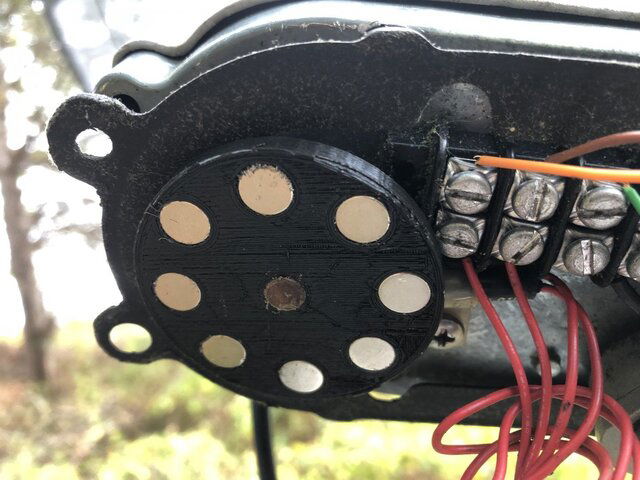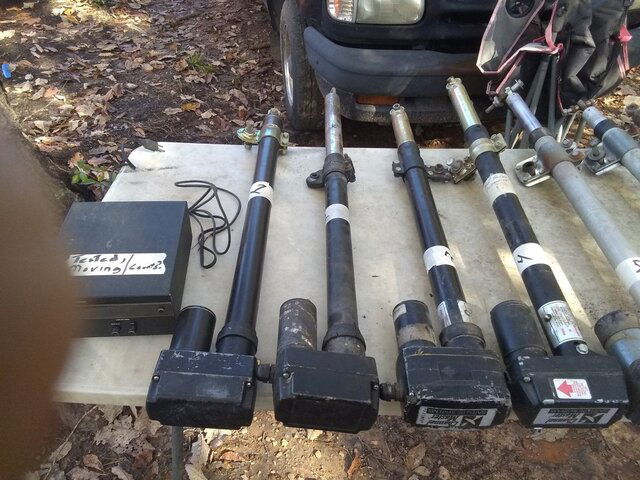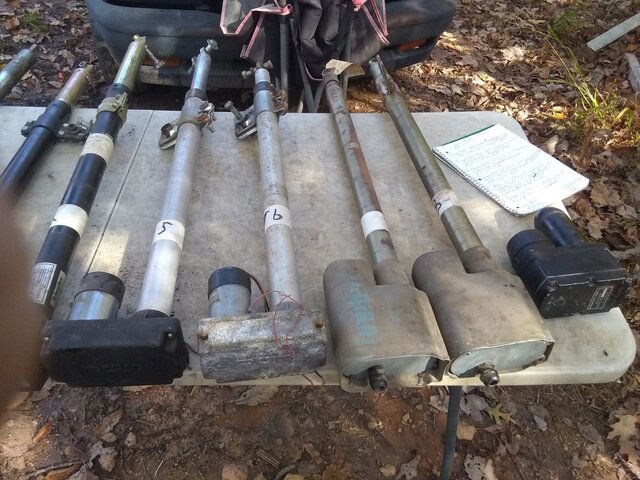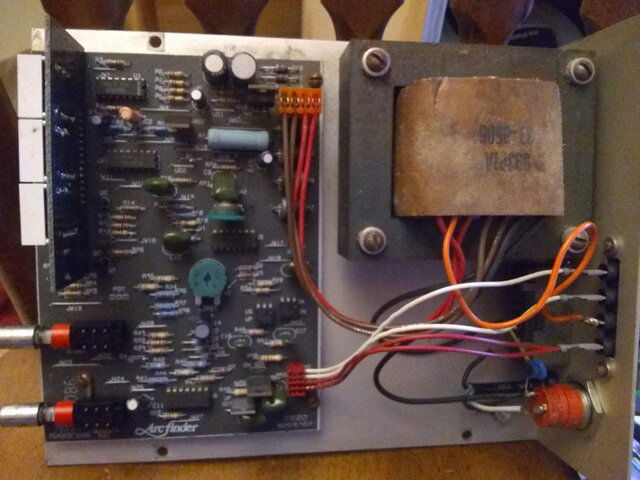I did some trading. More details below. Actuators are a mixture of sensor types. Some are 5 wire controlled. Some are supposedly optical type. All stored inside for years in varying condition. Some may be good as-is, some needing repair. (Or just plain junk) Not sure when I'll get around to testing them.
Since I have never owned anything except for the reed type:
1) As I understand it, an unmodified VBox positioner will not work with optical or pot type actuator?
2) Regardless of sensor type, all can be tested only hooked to a car battery,correct? (Only the 2 power wires)
3) Paired with the correct type of stand-alone positioner, do optical and pot actuators function well enough to use without converting to a reed switch?
That's enough info to get me started with the testing phase I believe. I'll probably have lots more questions later.
Ok, here's what info I saw with just a brief exterior look.
8 complete actuators, 1 motor. (2 look like 18", 6 are 24") (No broom handle arms in this bunch) :
2 Uniden UST-705
2 JGS Unknown model
Channel Master 6733 (Tagged as 'Only goes up'. So definitely has a defect)
SuperJack XL
SuperJack XL HQ
Channel Master Sat Systems (No other markings found yet)
* ProSat 118RX (This is motor unit only, no arm)
4 Positioner Boxes:
2 Channel Master Sat Scan 6250
Channel Master Sat Scan 6253
Arc Finder 15842 (?)
Thanks for any info/help!
Since I have never owned anything except for the reed type:
1) As I understand it, an unmodified VBox positioner will not work with optical or pot type actuator?
2) Regardless of sensor type, all can be tested only hooked to a car battery,correct? (Only the 2 power wires)
3) Paired with the correct type of stand-alone positioner, do optical and pot actuators function well enough to use without converting to a reed switch?
That's enough info to get me started with the testing phase I believe. I'll probably have lots more questions later.

Ok, here's what info I saw with just a brief exterior look.
8 complete actuators, 1 motor. (2 look like 18", 6 are 24") (No broom handle arms in this bunch) :
2 Uniden UST-705
2 JGS Unknown model
Channel Master 6733 (Tagged as 'Only goes up'. So definitely has a defect)
SuperJack XL
SuperJack XL HQ
Channel Master Sat Systems (No other markings found yet)
* ProSat 118RX (This is motor unit only, no arm)
4 Positioner Boxes:
2 Channel Master Sat Scan 6250
Channel Master Sat Scan 6253
Arc Finder 15842 (?)
Thanks for any info/help!



